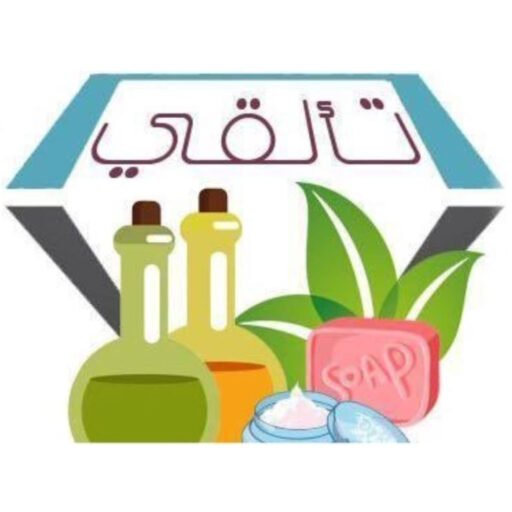Blog
The Ultimate Guide to Selling Oily Skin and Body Care Products
Understanding Oily Skin and Body
Oily skin is characterized by an overproduction of sebum, the natural oil produced by the sebaceous glands. This excess oil can lead to a variety of skin challenges, including acne, enlarged pores, and a noticeable shine. Factors contributing to oily skin are both biological and environmental, making it essential to comprehend these aspects to properly address the needs of individuals struggling with this condition.
Biologically, genetic predisposition plays a significant role in determining skin type. Those with oily skin typically have larger sebaceous glands and a higher activity level of these glands, leading to increased oil production. Hormonal fluctuations, especially during puberty, menstruation, or certain medical conditions, can further exacerbate this issue. Moreover, environmental factors such as humidity, pollution, and exposure to irritating substances can intensify oil secretion, causing skin problems to persist.
Individuals facing oily skin often encounter several common issues. Acne can arise due to clogged pores, which are frequently enlarged in those with oily skin. Additionally, excessive oil can lead to a shiny appearance, causing discomfort and a lack of confidence. Therefore, it is crucial for marketers and product developers to acknowledge these pain points when creating solutions tailored to this demographic.
In understanding oily skin’s characteristics, it is vital to recognize the importance of identifying specific skin types. This not only aids in formulating effective skincare products but also in recommending appropriate usage and application methods to potential customers. Target demographics generally include teenagers and young adults, as hormonal changes during these life stages often lead to the onset of oily skin challenges. Furthermore, adults can also experience oily skin due to stress, hormonal changes in midlife, or lifestyle choices. By grasping these nuances, marketers can refine their strategies, ensuring that they meet the needs of their target audience effectively.
Effective Selling Strategies for Oily Skin and Body Products
When it comes to selling products tailored for oily skin and body care, implementing effective marketing techniques is crucial for reaching and resonating with your target audience. A strong presence on social media platforms, such as Instagram and TikTok, allows brands to engage with potential customers directly. Utilizing visually appealing content that highlights the texture and application of products can capture interest and foster a deeper connection with users who struggle with oily skin issues.
Moreover, collaborating with influencers who specialize in skincare can significantly increase visibility and credibility. These influencers not only have established trust with their followers but can also provide authentic reviews and demonstrations of your products. The shared content can showcase how your products effectively combat oiliness, thus enabling more potential customers to relate to their experiences and the solutions offered.
Educational content plays a vital role in informing your audience about the key ingredients that address oily skin concerns, such as salicylic acid, witch hazel, and tea tree oil. This knowledge empowers consumers to make informed purchasing decisions. Crafting blog posts, tutorials, and videos that elucidate these ingredients’ benefits can elevate your brand’s authority in the oily skin care niche.
Additionally, creating engaging product descriptions that don’t just list ingredients but convey the product’s benefits and applications will resonate with potential buyers. Highlighting customer testimonials on your website and social media can also build trust, as real-life experiences encourage purchasing decisions. Visual content, such as before-and-after photos and short video testimonials, can be particularly persuasive in illustrating the effectiveness of your products.
In conclusion, effectively selling oily skin and body products involves leveraging social media, influencer partnerships, educational content, and engaging descriptions. By adopting these strategies, brands can better connect with their audience and ultimately improve their sales in this specialized market.
